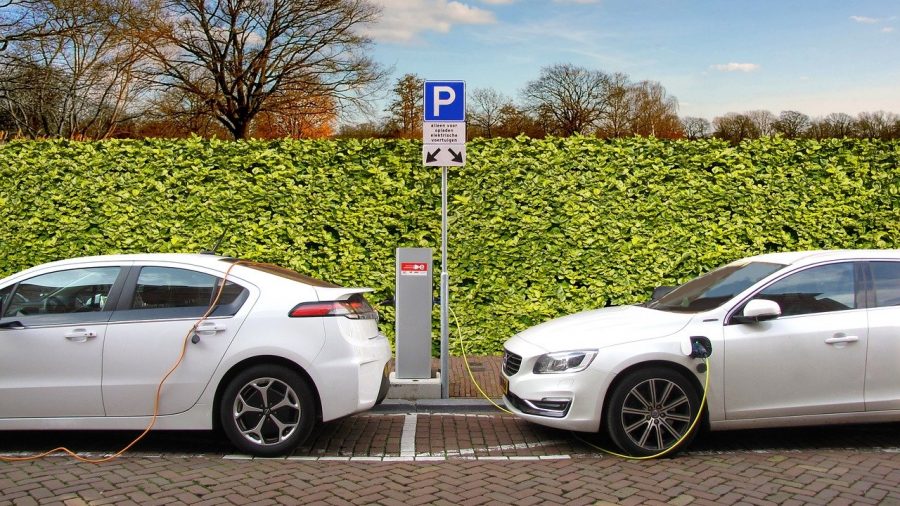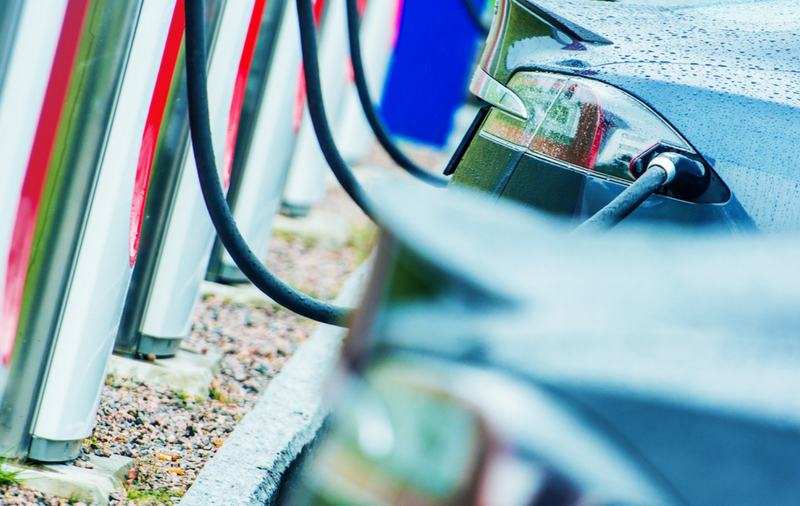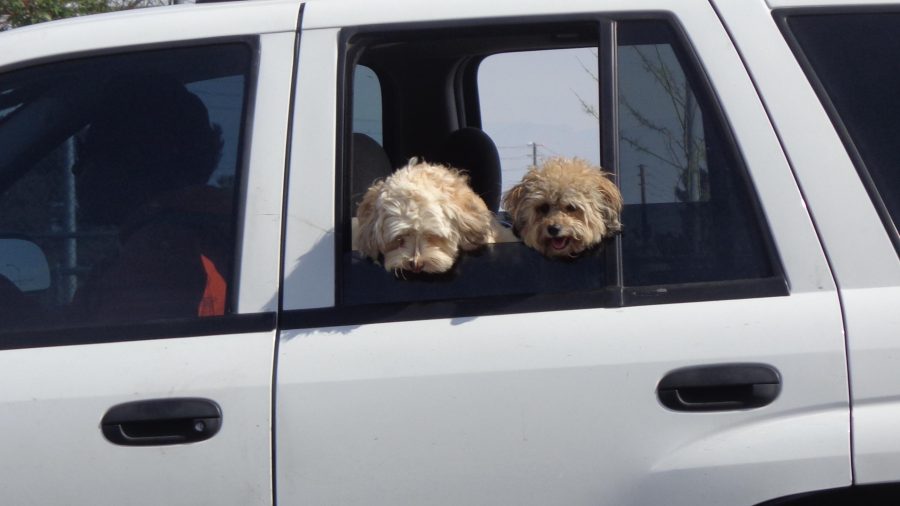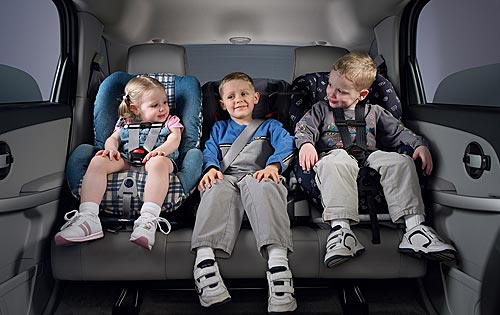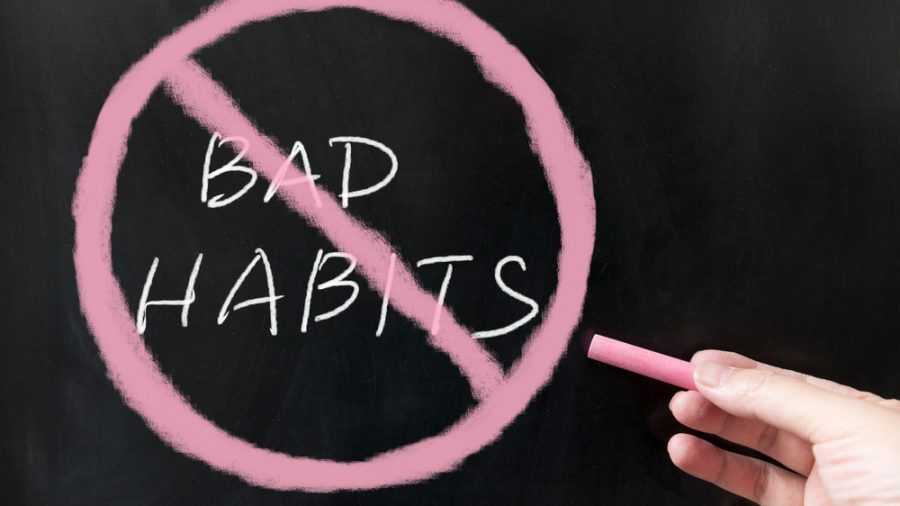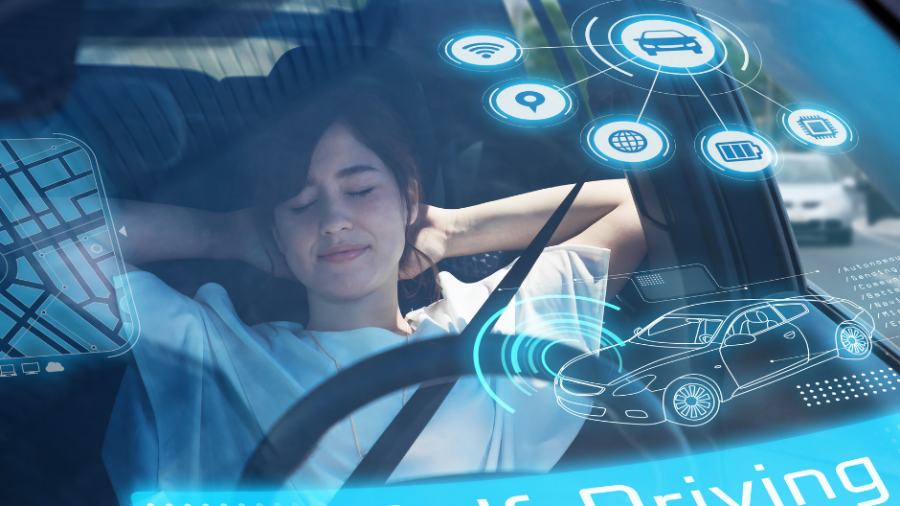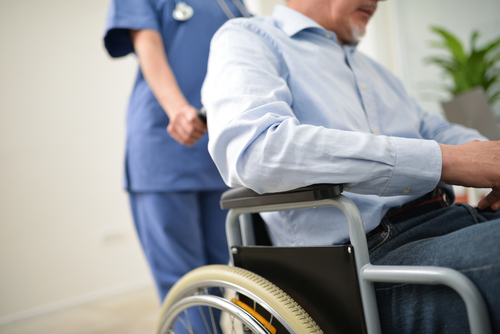The Toyota Prius first arrived in Australia 19 years ago but it has taken a while for regular hybrids to become popular. Some argue it is better to move to fully electric vehicles rather than holding on to petrol engines. But the auto industry seems to have a different view – focus on hybrids because that’s what customers want. Read More
